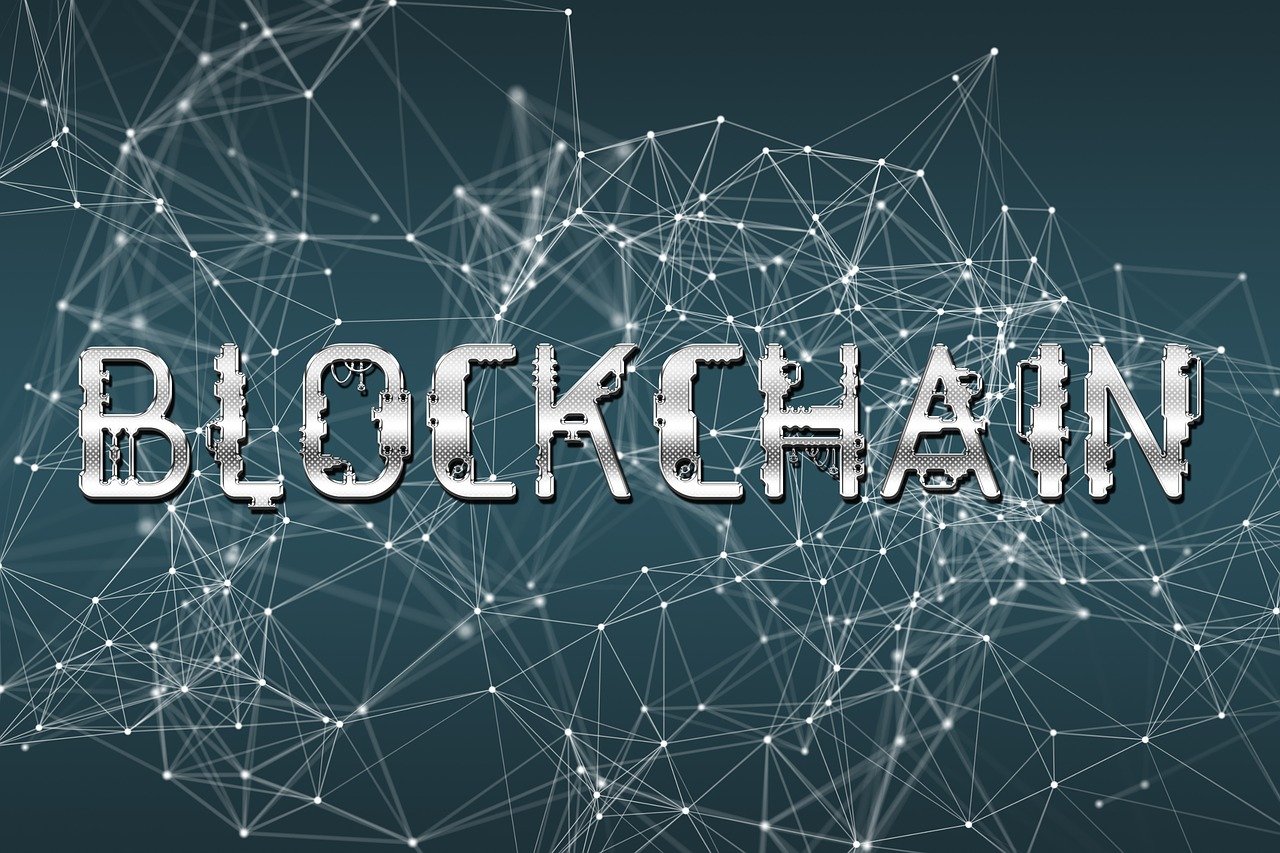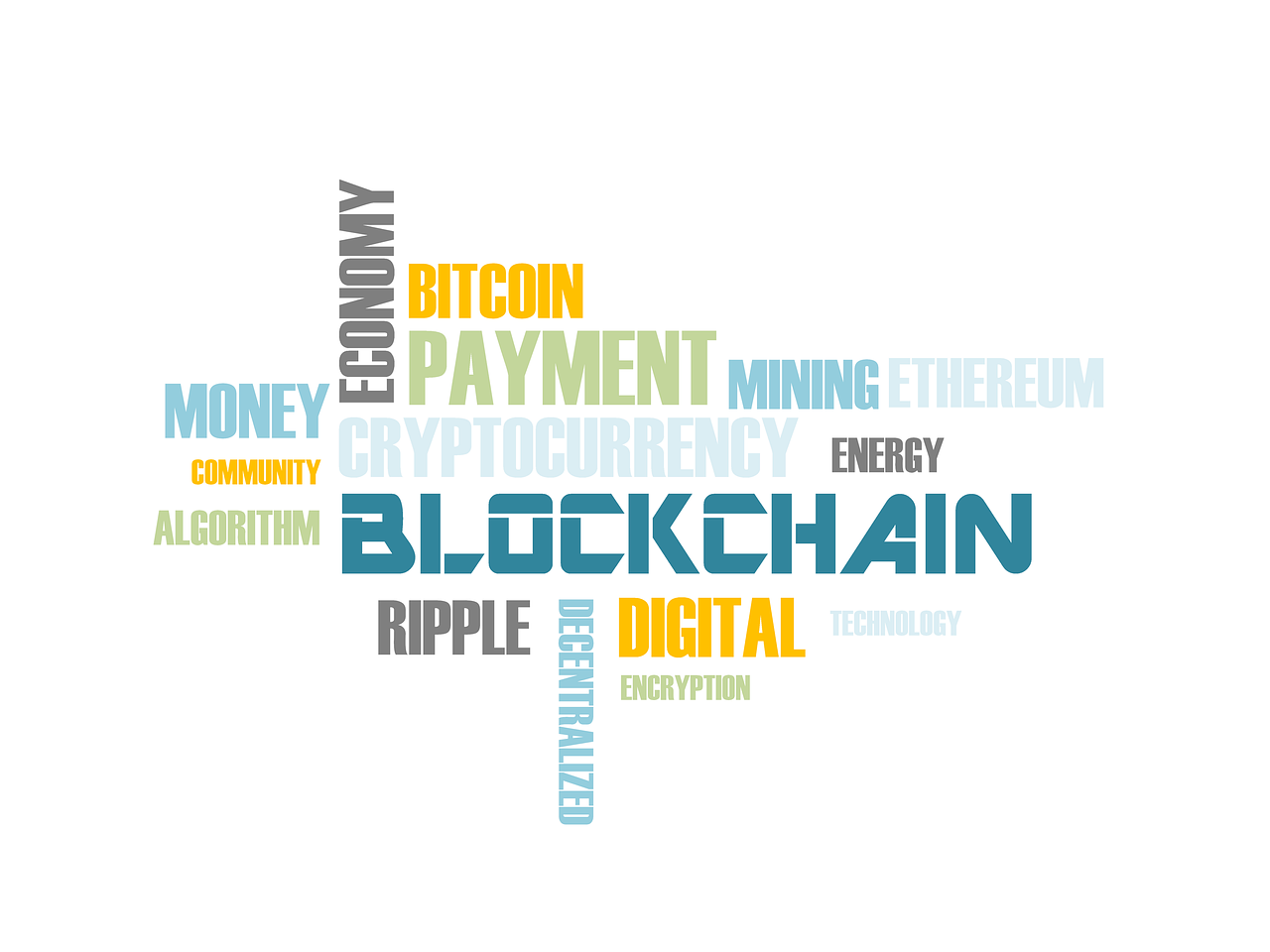The financial landscape is undergoing a radical transformation, driven by the emergence of blockchain technology and Decentralized Finance (DeFi). This revolutionary shift is challenging the traditional banking model, replacing centralized control with a distributed network that promises greater transparency, efficiency, and accessibility. As we stand on the cusp of this financial revolution, it’s crucial to understand how blockchain and DeFi are reshaping the future of banking and global finance.
Understanding Blockchain Technology
What is Blockchain?
Blockchain is a groundbreaking distributed ledger technology that underpins the DeFi revolution. At its core, blockchain is a decentralized database that records transactions across a network of computers. This technology is characterized by its transparency, immutability, and decentralization, which set it apart from traditional ledger systems.
| Feature | Traditional Ledgers | Blockchain-based Ledgers |
|---|---|---|
| Structure | Centralized | Distributed |
| Control | Single authority | Consensus-based |
| Transparency | Limited | Full |
| Immutability | Changeable | Tamper-resistant |
| Speed | Slower processing | Near real-time updates |
| Cost | Higher due to intermediaries | Lower transaction costs |
How Blockchain Works
The mechanics of blockchain involve a complex interplay of various components and processes:
- Nodes: Computers in the blockchain network that maintain a copy of the ledger
- Miners: Participants who validate and add new transactions to the blockchain
- Consensus Mechanisms: Protocols that ensure agreement on the state of the ledger
Key processes in blockchain operation include:
- Transaction initiation
- Block creation
- Block validation through consensus
- Block addition to the chain
- Transaction completion and confirmation
Applications Beyond Finance
While blockchain’s impact on finance is profound, its potential extends far beyond banking:
- Supply Chain Management: Enhancing traceability and reducing fraud
- Digital Identity Verification: Providing secure, self-sovereign identity solutions
- Healthcare: Improving patient data management and drug traceability
- Voting Systems: Ensuring transparent and tamper-proof elections
- Real Estate: Streamlining property transactions and record-keeping
Decentralized Finance (DeFi) Explained
What is DeFi?
Decentralized Finance, or DeFi, represents a paradigm shift in financial services. It refers to a system of financial applications built on blockchain networks, primarily Ethereum, that operate without centralized intermediaries such as banks or financial institutions. Instead, DeFi relies on smart contracts – self-executing agreements with the terms directly written into code – to facilitate transactions and financial services.
Core Components of DeFi
DeFi encompasses a wide range of financial services and products, each reimagined for a decentralized ecosystem:
| DeFi Component | Traditional Counterpart | Key Differences |
|---|---|---|
| Decentralized Exchanges (DEXs) | Stock Exchanges | No central authority, peer-to-peer trading |
| Lending Platforms | Banks | Automated lending processes, often with higher yields |
| Stablecoins | Fiat Currencies | Digital, often pegged to real-world assets |
| Yield Farming | High-yield Savings Accounts | Higher potential returns, but with increased risk |
| Liquidity Pools | Market Makers | Users provide liquidity and earn fees |
| Synthetic Assets | Derivatives | Blockchain-based representation of real-world assets |
Popular DeFi Platforms
Several DeFi platforms have gained significant traction, showcasing the potential of decentralized financial services:
- Uniswap: A leading decentralized exchange facilitating automated trading of cryptocurrencies
- Aave: A decentralized lending platform allowing users to lend and borrow cryptocurrencies
- MakerDAO: Creators of the DAI stablecoin, pegged to the US dollar
- Compound: An algorithmic, autonomous interest rate protocol for borrowing and lending
- Curve Finance: Focused on stablecoin trading with low slippage and fees
These platforms have seen exponential growth in user base and total value locked (TVL), indicating the increasing adoption of DeFi solutions.
The Advantages of DeFi

Financial Inclusion
One of the most significant benefits of DeFi is its potential to promote financial inclusion on a global scale. By removing intermediaries and leveraging blockchain technology, DeFi can provide access to banking services for the unbanked and underbanked populations worldwide.
Key benefits include:
- Access to financial services without need for traditional bank accounts
- Lower barriers to entry for financial products
- Global accessibility, transcending geographical limitations
- Reduction in discrimination and bias in financial services
- Empowerment of individuals through financial sovereignty
Real-world examples of DeFi driving financial inclusion include microloans in developing countries and remittance services with significantly reduced fees compared to traditional money transfer operators.
Lower Costs and Fees
DeFi significantly reduces transaction costs by eliminating intermediaries and automating processes through smart contracts. This cost reduction is passed on to users in the form of lower fees and higher returns on investments.
| Service | Traditional Finance Fees | DeFi Fees |
|---|---|---|
| Money Transfer | 1-5% + flat fee | 0.1-0.5% |
| Currency Exchange | 2-3% spread | 0.1-0.3% spread |
| Loan Origination | 0.5-1% of loan amount | 0-0.1% |
| Trading Fees | $5-$50 per trade | 0.1-0.3% of trade value |
Transparency and Security
DeFi leverages the inherent transparency and security features of blockchain technology:
- Immutable Records: All transactions are recorded on the blockchain, providing an unalterable audit trail
- Smart Contract Audits: Code for financial products is open-source and can be audited by the community
- Reduced Counterparty Risk: Automated execution of agreements minimizes the risk of default
- Enhanced Privacy: Users can maintain pseudonymity while still adhering to regulatory requirements
- Resilience: Decentralized systems are less vulnerable to single points of failure
Challenges and Risks of DeFi
Volatility and Market Risks
The DeFi ecosystem is not without its risks, primarily due to the volatile nature of cryptocurrencies:
- Price Volatility: Rapid fluctuations in cryptocurrency values can lead to significant losses
- Liquidation Risk: In over-collateralized lending, sudden price drops can trigger automatic liquidations
- Smart Contract Vulnerabilities: Bugs or exploits in smart contract code can lead to fund losses
- Impermanent Loss: Liquidity providers may face losses due to price changes in trading pairs
- Market Manipulation: Less regulated markets are more susceptible to pump-and-dump schemes
Regulatory Concerns
The rapid growth of DeFi has outpaced regulatory frameworks, leading to several challenges:
- Lack of clear legal status for many DeFi products and services
- Difficulties in applying Know Your Customer (KYC) and Anti-Money Laundering (AML) regulations
- Jurisdictional issues due to the global, borderless nature of DeFi
- Potential for tax evasion and other financial crimes
- Concerns about consumer protection in an unregulated environment
Regulators worldwide are grappling with how to approach DeFi, balancing innovation with the need for investor protection and financial stability.
Scalability Issues
As DeFi gains popularity, scalability has emerged as a significant challenge, particularly on the Ethereum network:
- Network Congestion: High transaction volumes lead to slower processing times
- Gas Fees: Increased network usage results in higher transaction costs
- Throughput Limitations: Current blockchain architectures struggle to match the transaction speeds of traditional finance systems
Solutions being explored include:
- Layer 2 scaling solutions (e.g., Optimistic Rollups, zk-Rollups)
- Alternative blockchain platforms with higher throughput (e.g., Solana, Binance Smart Chain)
- Improvements to existing networks, such as Ethereum 2.0’s transition to Proof-of-Stake
The Future of DeFi and Traditional Finance

Integration with Traditional Finance
The future of finance likely lies in the integration of DeFi with traditional financial systems:
| Aspect | Potential Synergies | Potential Conflicts |
|---|---|---|
| Regulation | Clearer frameworks for DeFi operations | Overregulation stifling innovation |
| Banking Services | Banks offering crypto custody and DeFi products | Competition for customer base |
| Investment | Traditional finance adopting DeFi yield strategies | Regulatory hurdles for institutional investors |
| Payment Systems | Integration of stablecoins in mainstream finance | Concerns over monetary policy control |
| Asset Tokenization | Increased liquidity for traditional assets | Legal challenges in asset representation |
The rise of Central Bank Digital Currencies (CBDCs) represents a significant step towards this integration, potentially bridging the gap between traditional finance and DeFi.
Emerging Trends in DeFi
The DeFi landscape continues to evolve rapidly, with several emerging trends shaping its future:
- Decentralized Insurance: Blockchain-based alternatives to traditional insurance models
- Social Impact Finance: DeFi platforms focused on funding social and environmental initiatives
- Decentralized Autonomous Organizations (DAOs): New models of corporate governance and collective decision-making
- Cross-Chain Interoperability: Solutions enabling seamless transactions across different blockchain networks
- DeFi Derivatives: Complex financial products built on decentralized protocols
- NFT-Fi: Integration of Non-Fungible Tokens (NFTs) into DeFi ecosystems for lending and fractionalized ownership
The Role of DeFi in Global Finance
As DeFi matures, its impact on global finance is expected to be transformative:
- Increased Financial Inclusion: Bringing banking services to billions of unbanked individuals worldwide
- Enhanced Market Efficiency: Reducing friction in global transactions and asset transfers
- Democratization of Finance: Providing equal access to financial products regardless of geography or social status
- Innovation in Financial Products: Enabling the creation of novel financial instruments and services
- Improved Transparency: Bringing greater visibility to financial transactions and reducing fraud
- Reshaping of Banking: Forcing traditional banks to adapt and innovate to remain competitive
Conclusion
Blockchain and Decentralized Finance are at the forefront of a financial revolution, challenging traditional banking models and offering a glimpse into a more open, efficient, and inclusive financial future. While challenges such as regulatory uncertainty and scalability issues persist, the ongoing innovations in DeFi signal a transformative potential for global finance. As these technologies continue to evolve and integrate with existing systems, they promise to reshape the financial landscape, making it more accessible, transparent, and resilient for users worldwide.
